
Transit Briefs: Metrolinx, NYMTA, St. Louis MetroLink, SMART, STM
Written by Marybeth Luczak, Executive Editor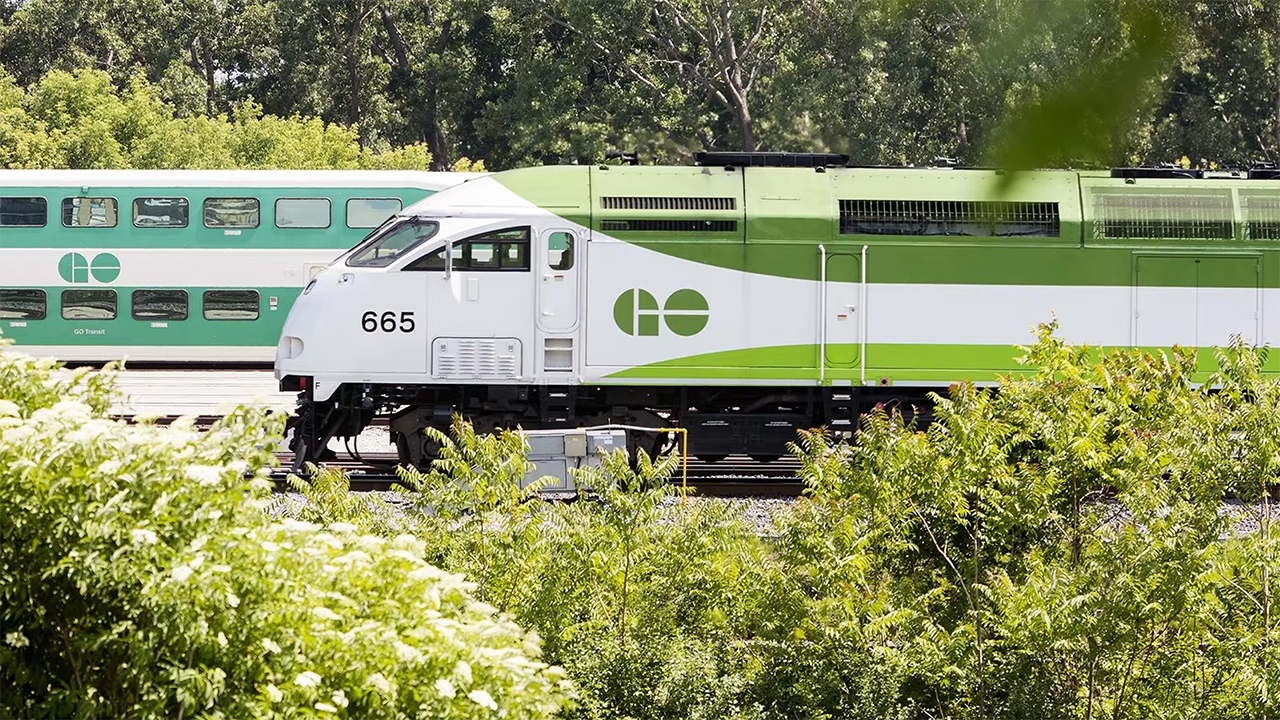
Metrolinx has released an Initial Business Case on the feasibility of adding a Highway 7/Concord GO Station to the Barrie Line. (Metrolinx Photograph)
Metrolinx considers adding a new GO rail station to the Barrie Line, north of Toronto. Also, New York Metropolitan Transportation Authority (MTA) will start boosting subway train frequency this summer as ridership reaches record levels; St. Louis MetroLink will test metal detectors at stations; construction will begin this fall on a new Sonoma-Marin Area Rail Transit (SMART) commuter rail station; and Société de transport de Montréal (STM) is deploying safety ambassadors, special constables and custodial employees to improve security and station cleanliness.
Metrolinx on May 4 reported issuing an Initial Business Case (IBC) on the feasibility of adding a new GO station to the Barrie Line (above). The IBC is the first step in the planning process. The potential new station would be located in the city of Vaughan’s Concord area, north of Highway 7, between Rutherford GO Station to the north and Downsview Park GO Station to the south (see map below).
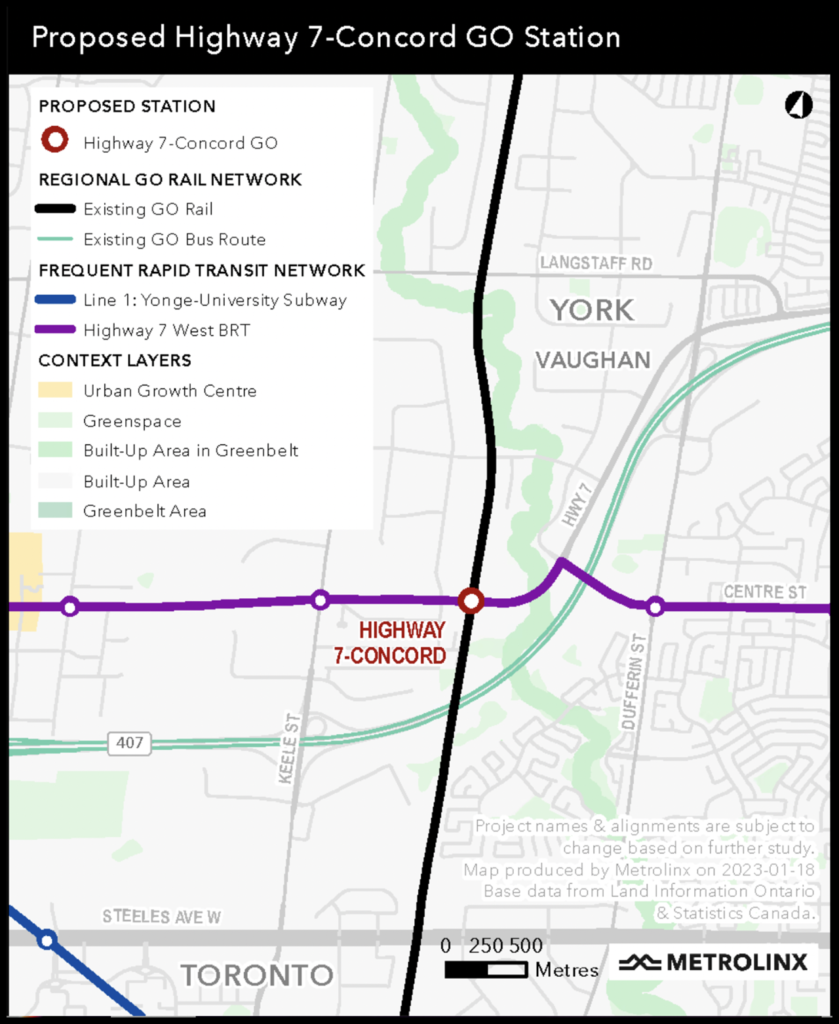
A new Highway 7/Concord GO Station, if built, would support connections between GO rail and local and regional bus services, including VIVA Bus Rapid Transit, the future 407 Transitway, and Metrolinx’s GO Regional Bus Service, according to Metrolinx.
The delivery of the station is being explored through the Ontario government’s Transit-Oriented Communities (TOC) program. Metrolinx said it is now seeking opportunities for a third party to fund the design and construction of the station.
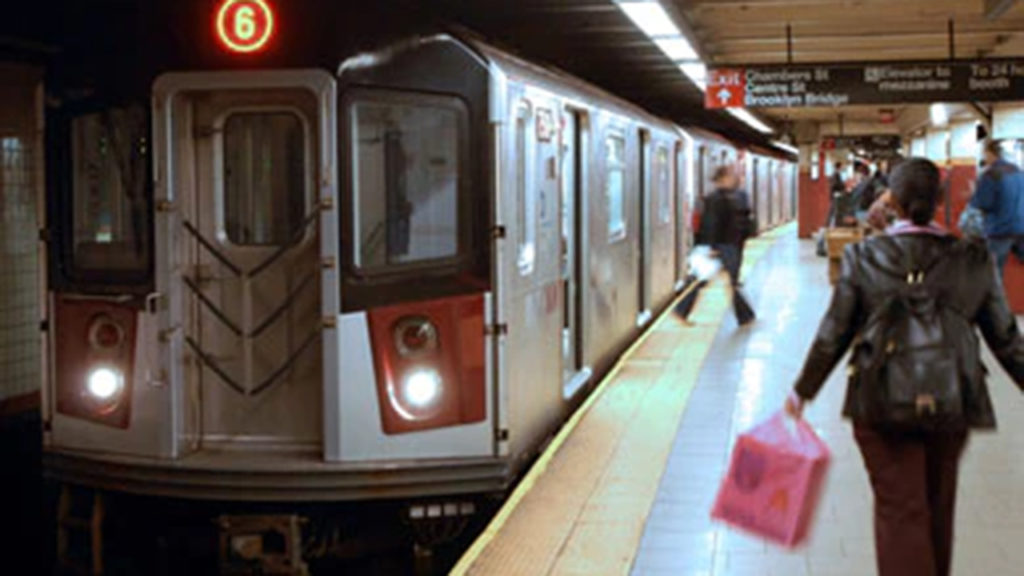
MTA on May 4 detailed a phased rollout of subway service increases, which will kick off this summer. With the passage of the FY 2024 New York State Budget, the transit agency is receiving an additional $35 million to boost service. The first phase will begin in July and the fourth and final phase is expected to be implemented in July 2024.
The planned increases focus on periods where subway ridership has recovered the highest from its pre-pandemic baseline, according to MTA. Subway ridership overall continues to recover, it reported, with the latest trend showing 3.84 million riders on an average weekday and 1.96 million riders on an average Saturday or Sunday. Weekend ridership, the agency added, has outpaced weekday ridership in its recovery, with weekend ridership nearing 80% of its pre-COVID baseline, compared with weekdays when ridership has been around 60%-70% of the pre-COVID baseline.
The first phase will increase weekend service on the G, J and M lines in Brooklyn and Queens; the second phase, starting August 2023, will increase weekday midday service on the C, N and R lines, and weekend service on the 1 and 6 lines; the third phase, beginning December 2023, will increase evening service on the C, N and R lines as well as midday service on the G Line; and the fourth phase, starting July 2024, will provide midday and weekday service increases on the B, D, J and M lines.
An estimated 2.9 million subway riders are expected to benefit from the enhanced service on weekends, and about 800,000 riders are expected to benefit each weekday from the off-peak service enhancements, according to MTA.
“New York City Transit explored where additional off-peak service would have the most benefit, focusing primarily on lines with train frequencies of 10 to 12 minutes during off-peak hours,” MTA reported. “Planned work was taken into consideration when these enhancements were planned to ensure critical state of good repair work and capital work would not be affected.”
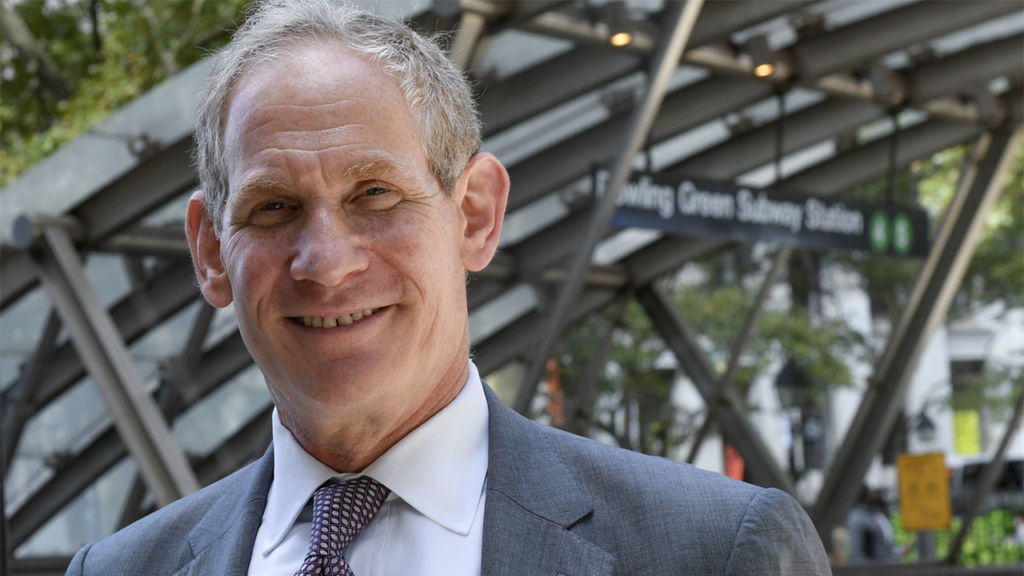
“Discretionary travel has led the ridership recovery on subways, demonstrating that New Yorkers are ready to ride mass transit when they have somewhere to go,” MTA Chair and CEO Janno Lieber said. “As we have said throughout this whole process, once the funding is there, we can expand service to better align with post-COVID ridership trends.”
MTA also reported that the subway logged 4,020,991 paid riders on May 3, the third time in as many weeks that 4 million riders used the subway. It first reached the post-pandemic milestone April 20, 2023. Prior to that, the last time the subway carried more than 4 million riders was March 12, 2020, with 4.1 million riders.
“To hit the 4 million mark on a single day for the third straight week is a vote of confidence in the system,” New York City Transit President Richard Davey said. “New York City Transit will continue to focus on improving the customer experience through renovating stations, enhancing customer service at stations, and looking at creative ways to provide faster, cleaner and safer service.”
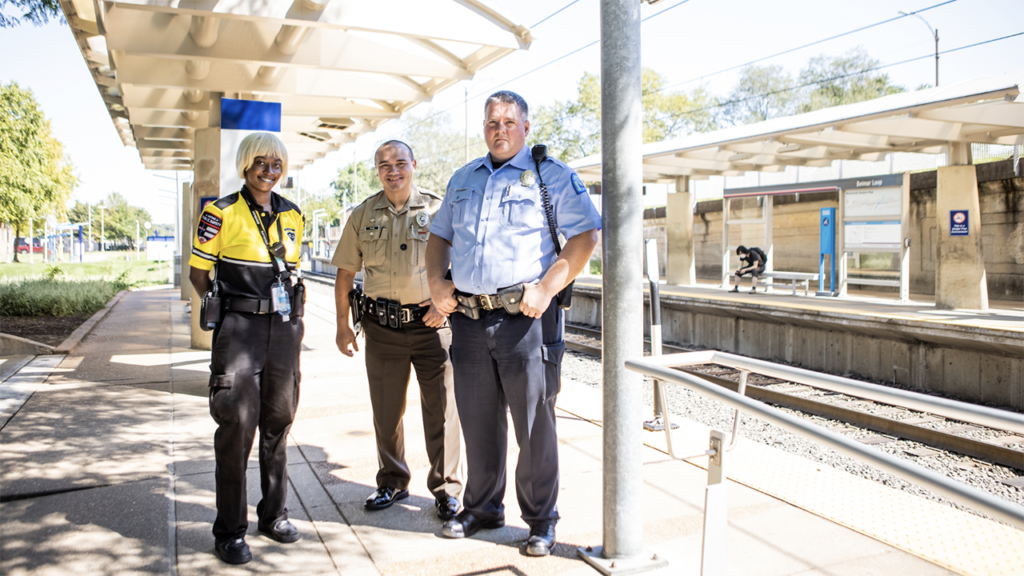
Bi-State Development will purchase two walkthrough metal detectors for use at MetroLink stations across Missouri and Illinois, following recent violence on the light rail system, according to a report by an NBC affiliate in St. Louis.
The pilot program is in partnership with the St. Louis County Police Department, St. Louis Metropolitan Police Department and St. Clair County Sheriff’s Department.
“We have seen and realized a significant amount of safety concerns, and we’re not immune to that, we’re citizens of the same communities,” Bi-State Development Manager of Security Kevin Scott told Channel 5. “What we are in the business of doing is trying to mitigate some of the firearms that are carried onto this system.” Channel 5 reported that “the public will not know the schedule of when and where the metal detectors will be.”
A security team, including a police officer, will handle the scanning. According to Channel 5, Scott “said if a rider’s scan is positive, they’ll need to empty their pockets. ‘If they refuse to do that, then they obviously will not be able to board and access the platform,’ he said.”
Bi-State Development is also slated to spend up to $750,000 in overtime for more police officers on trains through this summer, “when activity is at its highest,” Channel 5 reported.
The addition of metal detectors follows Bi-State Development’s April 27 announcement that progress was being made on the Secure Platform Plan, part of a “multi-tiered strategy to grow ridership and deliver a stronger transit experience by creating centralized, highly secure customer entrances at all 38 MetroLink stations, as well as the soon to be constructed MetroLink station at MidAmerica St. Louis Airport.” Gating and fencing solutions for the Plan have been selected.
“This new infrastructure is the foundation of our Secure Platform Plan,” Kevin Scott said in April. “The new welded-wire fencing, roto-gates and swing gates will completely transform the MetroLink system, and in combination with new technology and 1,600 closed-circuit cameras monitored 24/7 through our Real Time Camera Center, we will provide our customers with a superior transit experience that is substantially safer and more secure.”
The project has been divided into a total of six construction packages, comprised of four to eight MetroLink stations each. Stations have been selected for the first two packages. Package No. 1 includes the Jackie Joyner-Kersee Center, College, Emerson Park and Washington Park MetroLink stations. The design phase for this package is slated to be completed this summer, which will allow for bidding for a construction contractor in late summer 2023, the transit agency reported May 3. Construction at the four stations in this package is expected to be completed in Spring 2024.
The Forest Park-DeBaliviere, Central West End, Cortex, Grand, Union Station, Civic Center and Delmar Loop MetroLink stations have been selected for Package No. 2 of the Secure Platform Plan. The design phase for this package is scheduled to be completed in Fall 2023, with construction at those seven MetroLink stations expected to be completed in Summer 2024, the agency reported May 3.
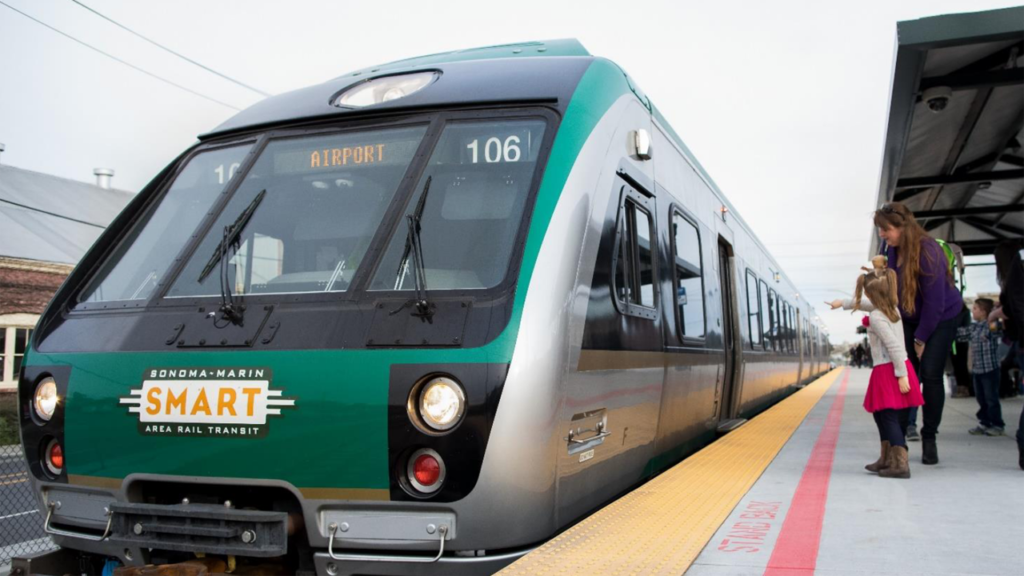
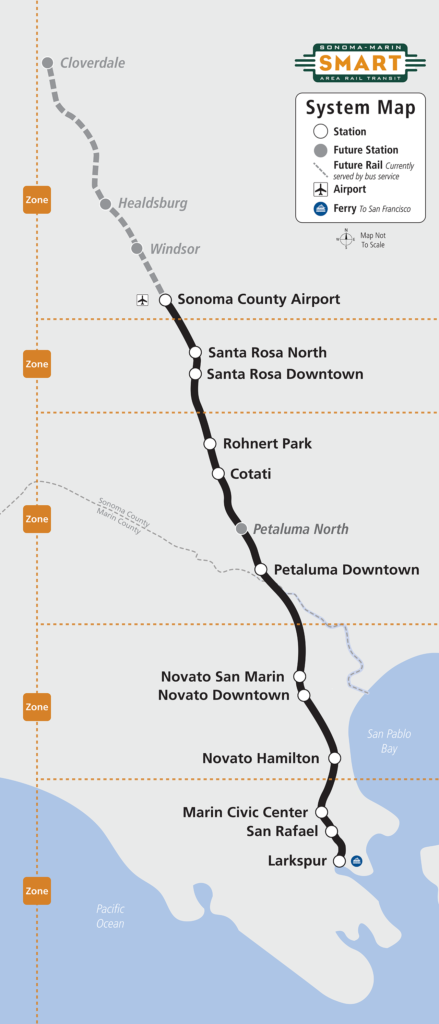
The Petaluma City Council in California has signed off on an agreement between the city and SMART to build the new Petaluma North Station, the Petaluma Argus Courier reported May 4.
This is the “final green light” for the project, according to the newspaper. The SMART Board in October 2022 voted unanimously to budget $14 million for it.
That funding includes $10.1 million from the state transportation agency’s Transit and Intercity Rail Capital Program and $2 million in Measure M dollars, according to the newspaper.
The Petaluma North Station—the second SMART station in Petaluma—will be located at Corona Road and North McDowell Boulevard (see map, left). The station is slated for completion in 2025.
The project also includes a three-mile pathway for non-motorized bicyclists and pedestrians from Southpoint Boulevard to Penngrove’s Main Street, according to the newspaper.
“For years, Petaluma has sought a second train station to serve residents in the north and east parts of the city, with funding being the main reason for its delay, as well as a lengthy debate over a 110-unit affordable housing development that was to be paired in partnership with the station,” the Petaluma Argus Courier reported. “The housing proposal was eventually abandoned in early 2022.”
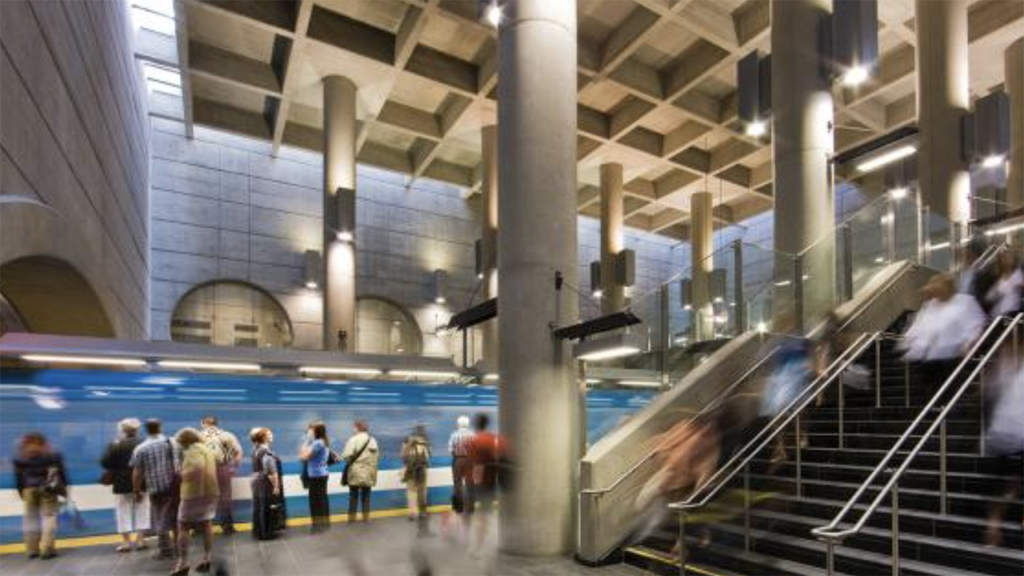
STM on May 4 announced new measures to address security and maintenance. The agency will add a safety ambassador team, which it said was inspired by similar programs in Los Angeles, San Francisco and Philadelphia. The approximately 20 team members will receive 80 hours of training on identifying safety issues, supporting major events, and providing customer assistance, among other areas. Wearing a special uniform, the safety ambassadors will be present on the métro network starting in summer 2023 to support customers and employees.
STM said it will also add about 20 more special constables, who “play a key role, as they are at the forefront of ensuring a safe and pleasant travel experience.”
“The changing profile of people passing through or seeking refuge on the métro network has a significant impact on the essential work of custodial employees, requiring an update of the methods used to keep métro stations clean,” STM pointed out. “To this end, the STM is looking to fill about 20 new positions this summer. The planned increase in staffing, combined with an increased presence of special constables on the ground, will help custodial employees do their job more efficiently, using methods and routines adapted to the current situation. This will improve cleaning operations at the most problematic stations, especially downtown, during the day, evenings and weekends.”
“Although the Montréal métro is safe, we must act in the face of social issues that are increasingly present on our network,” said STM CEO Marie-Claude Léonard, who joined the agency last summer. “These measures are designed to increase the visibility of staff, keep stations clean, adequately protect critical locations, and strengthen the STM’s ability to intervene.”



